When most people buy a car, they hope for one thing above all else: reliability. A dependable vehicle that starts without hesitation, runs smoothly for years, and carries them safely to countless destinations without demanding constant repairs or draining their wallet.
Yet, in the world of automobiles, reliability is a complicated concept. For every car praised as a rock-solid performer, there’s another model that gets labeled a “lemon” — a vehicle thought to be defective, unreliable, or a money pit.
The “lemon” tag evokes images of breakdowns, unexpected failures, and frustrating visits to the mechanic, making buyers wary and skeptical. It’s a label that can severely impact a car’s reputation, sometimes unfairly.
But what if some of those so-called lemons aren’t lemons at all? What if a vehicle initially dismissed by critics or customers as a problematic dud goes on to prove its durability, racking up 300,000 miles or more with the right care and maintenance?
This is not just wishful thinking; it is a reality backed by countless stories from owners who have driven these cars far beyond expectations.
The history of the automobile is filled with models that were misunderstood or prematurely written off, only to demonstrate remarkable longevity and reliability over time.
In this article, we’ll explore ten cars that were widely thought to be lemons yet consistently reached or exceeded the 300,000-mile mark, a benchmark of automotive durability. These vehicles come from diverse segments and manufacturers: from economy compacts to family sedans, from rugged pickups to luxury flagships.
Each one has a unique story to tell, and each defied conventional wisdom by lasting far longer than skeptics expected. Whether you’re a seasoned car enthusiast or an everyday driver, understanding the traits that contribute to their longevity offers valuable insights into what makes a vehicle truly reliable.
What sets these cars apart? For many, the answer lies in a combination of engineering philosophy, build quality, and simplicity. Cars designed with straightforward mechanical systems tend to be easier to maintain and repair, reducing the likelihood of costly failures.
Others benefit from the use of high-quality materials and components that wear gracefully over time. And almost without exception, owners who commit to regular maintenance—timely oil changes, scheduled tune-ups, and attentive repairs—are rewarded with vehicles that can go the distance.
The stories behind these cars also highlight the importance of separating isolated problems or early production quirks from widespread, systemic failures.
We’ll dive into models like the Hyundai Elantra, once dismissed for its cheap materials but boasting a reliable engine; the Dodge Neon, which surprised many with its endurance despite early transmission troubles; and the legendary Toyota Camry and Honda Accord, staples of reliability that sometimes faced criticism for minor faults.
We’ll also cover more rugged vehicles like the Ford Crown Victoria and Subaru Outback, plus luxury examples such as the Lexus LS400, which set new standards for dependable refinement. Each car serves as a case study in resilience, challenging us to rethink our assumptions about automotive durability.
As technology continues to evolve and cars become more complex, the lessons from these vehicles remain crucial. They remind us that reliability often comes down to quality engineering, practical design, and careful upkeep rather than hype or flashy features.
By sharing these stories, we hope to inspire confidence in owners and buyers alike that a so-called lemon isn’t always doomed to fail—and that with knowledge and care, many cars can offer long, trouble-free service. So, buckle up and join us on a journey through ten cars that proved that longevity is not just a hope but a reality.
Also Read: 10 SUVs That Are Overbuilt in the Best Way Possible With Power, Luxury, and Road Dominance
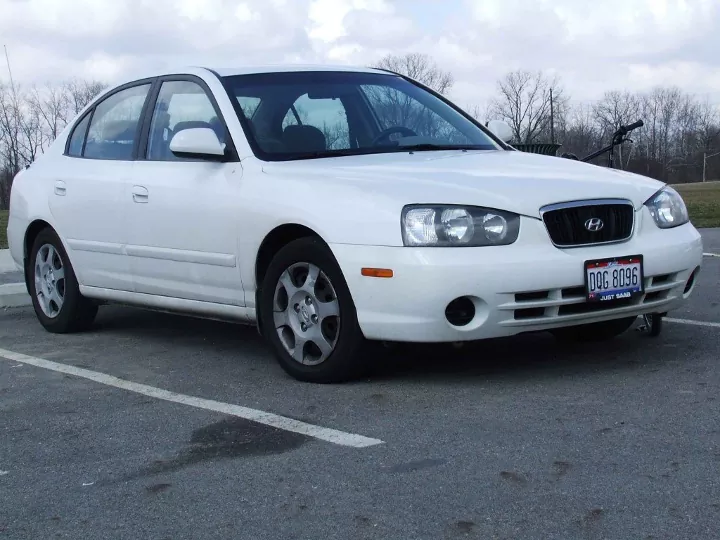
1. Hyundai Elantra (2001–2006)
In the early 2000s, the Hyundai Elantra was often dismissed by consumers and critics alike as a budget sedan that came with inevitable reliability concerns.
Hyundai’s reputation at that time was still climbing out of the shadows of its rough and uncertain beginnings in the U.S. market during the 1990s, where many viewed the brand as a producer of inexpensive but disposable vehicles.
The Elantra, although more refined than earlier models, was often considered underpowered, uninspiring to drive, and lacking the polish of Japanese and American competitors.
Many buyers feared they were getting a “lemon”—a car that would demand costly repairs and fail prematurely. This stigma was reinforced by early reports of minor mechanical issues, cheap interior materials, and a relatively new brand struggling to prove itself.
However, beneath that unassuming exterior was a vehicle quietly built for endurance. The Elantra’s 2.0-liter inline-four engine, while not a powerhouse, was engineered with simplicity and longevity in mind. Unlike some competitors, it did not rely on complex technology that could fail unexpectedly, making it easier for owners to maintain and repair.
The vehicle’s relatively light weight also meant less strain on the drivetrain and suspension components, reducing wear over time. Furthermore, Hyundai’s growing commitment to quality control in those years meant that many Elantras produced in this era were free from the catastrophic failures that so often define a true lemon.
Owners who embraced the Elantra for what it was—a practical, affordable commuter car—were rewarded with vehicles that could consistently reach and surpass the 200,000-mile mark. Many even broke the 300,000-mile barrier, especially when regular maintenance like oil changes, timing belt replacements, and suspension upkeep were performed diligently.
The availability of inexpensive parts and straightforward mechanical layouts made DIY repairs and servicing a reality for many owners, further extending the car’s life. This robust, unglamorous durability has given the Hyundai Elantra a cult following among budget-conscious drivers who value reliability over flash.
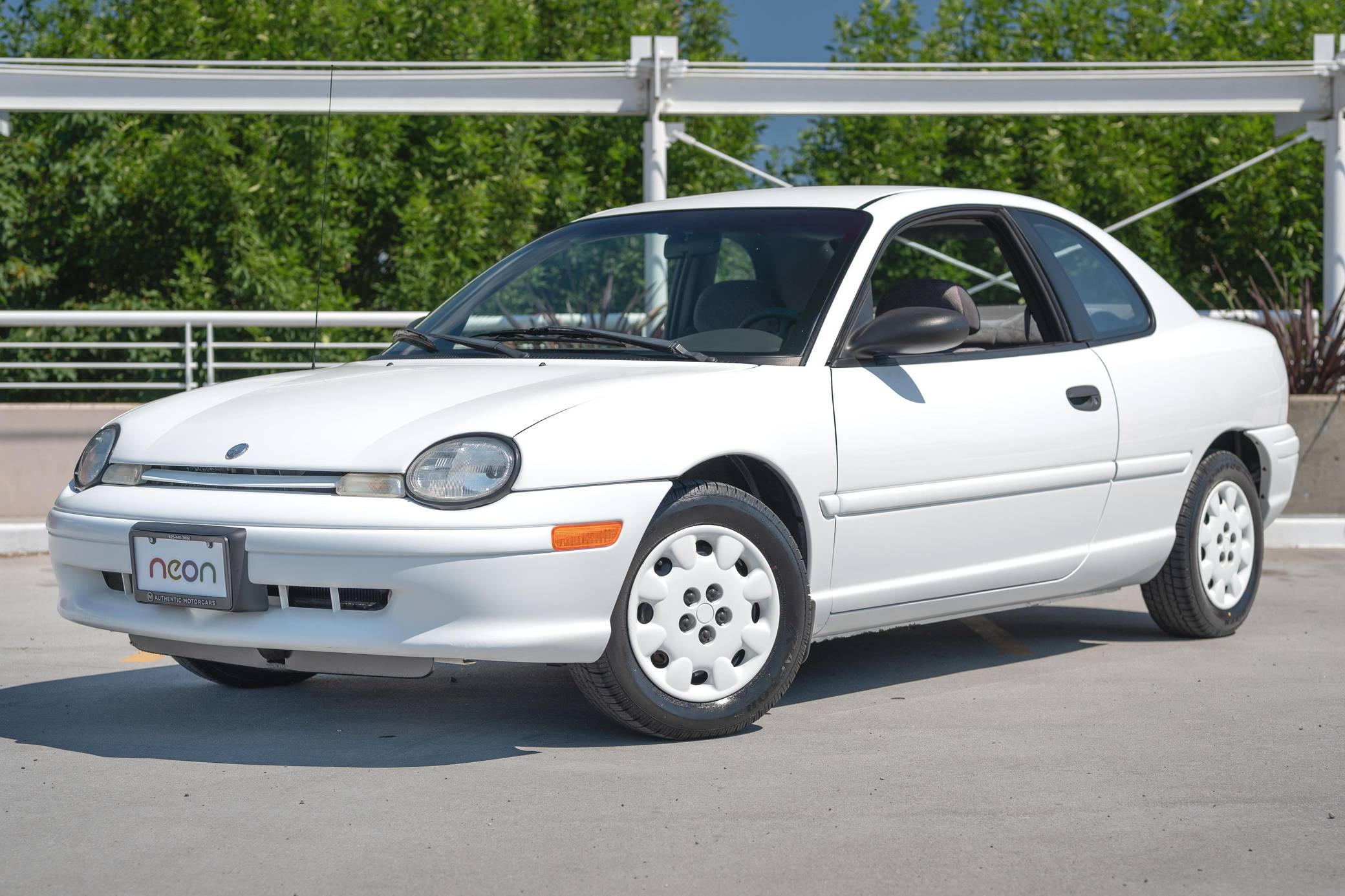
2. Dodge Neon (1995–2005)
The Dodge Neon is a classic example of a car that was widely ridiculed and often underestimated but demonstrated surprising longevity. Upon its release, the Neon was quickly criticized for its budget construction, awkward styling, and an interior that was far from luxurious.
The automotive press and many consumers saw it as a low-cost car that would not last, primarily because it was plagued with issues like head gasket failures, subpar materials, and transmission problems, particularly in automatic models.
Many buyers steered clear, worried that their investment would turn sour quickly, earning the vehicle the dreaded “lemon” label.
Yet, behind this negative perception lay a resilient compact car with a surprisingly durable mechanical heart. The Neon’s 2.0-liter SOHC engine, although not renowned for refinement or high performance, proved to be incredibly durable, especially in manual transmission versions.
The simplicity of its powertrain and lightweight design contributed to less mechanical stress and extended component life. Drivers who prioritized routine maintenance and avoided neglect saw their Neons run smoothly well beyond 200,000 miles and, in many cases, reached the 300,000-mile milestone.
Moreover, the Neon’s affordability meant it was often a first car or a workhorse vehicle for drivers who needed reliable transportation rather than style or luxury. This utilitarian role led to many Neons being driven hard, but also cared for carefully due to budget constraints.
This combination of ruggedness and cost-effectiveness helped the Neon carve out a legacy as a surprisingly dependable vehicle.
In recent years, the Neon has found new appreciation in the grassroots racing community, where its lightweight chassis and reliable engine serve as a solid foundation for modifications, highlighting the vehicle’s hidden potential beneath a once-maligned exterior.

3. Toyota Camry (XV20, 1997–2001)
The Toyota Camry, especially the XV20 generation, has long been seen as a benchmark for midsize sedan reliability. However, in the late 1990s and early 2000s, even this revered model faced skepticism due to reported issues that occasionally plagued early owners.
Some drivers encountered premature transmission wear, problems with oil consumption, and minor electrical gremlins, leading to whispers of overhyped dependability. This gave the car a somewhat mixed reputation, with critics labeling it as “boring” and possibly overrated in terms of longevity.
Despite these early criticisms, the XV20 Camry’s robust engineering and practical design proved themselves over time. The 2.2-liter four-cylinder and 3.0-liter V6 engines were built for longevity, with many examples operating well beyond 300,000 miles.
Toyota’s dedication to quality manufacturing and conservative engineering choices ensured that components wore gradually rather than catastrophically. Owners who committed to regular oil changes, timing belt replacements, and attentive transmission servicing found their Camrys could handle daily driving demands with ease for years on end.
Beyond just the drivetrain, the Camry’s chassis and suspension were engineered to deliver a smooth, comfortable ride without sacrificing durability. The car’s predictable handling and comfortable cabin have made it a favorite among commuters, families, and fleet operators alike.
The extensive availability of parts and a large network of knowledgeable mechanics further helped maintain these vehicles over their long service lives. In many cases, the XV20 Camry was not just a reliable car but a lifelong partner for its owners, emphasizing function over flair and consistently delivering dependable transportation mile after mile.

4. Honda Accord (1998–2002)
The late ’90s and early 2000s Honda Accord is often celebrated for its combination of style, comfort, and reliability. However, some early models suffered from transmission issues and ignition coil failures that gave the vehicle a temporary black eye.
Additionally, a few owners reported engine mount and oil leak problems, which contributed to a perception of fragility that didn’t fully align with the Accord’s reputation. As a result, some potential buyers hesitated, worried that the car might not live up to Honda’s typically high reliability standards.
Despite these concerns, countless Honda Accords from this generation have become reliable high-mileage machines. The 2.3-liter inline-four and 3.0-liter V6 engines, both praised for their balance of power and efficiency, often lasted well past 300,000 miles with standard maintenance.
Honda’s meticulous engineering, use of durable materials, and focus on ease of repair helped many owners avoid costly breakdowns. The car’s well-designed engine bay allowed mechanics and DIYers alike to perform timely repairs and replacements without undue difficulty.
The Accord’s suspension components also showed impressive durability, contributing to the vehicle’s steady handling and ride comfort after years of wear. This combination of mechanical robustness and driver-friendly design has earned the Accord a loyal following among drivers seeking reliable, long-lasting transportation.
For many, this generation Accord became a dependable daily driver that rewarded care and attention with years of trouble-free service and solid resale value.
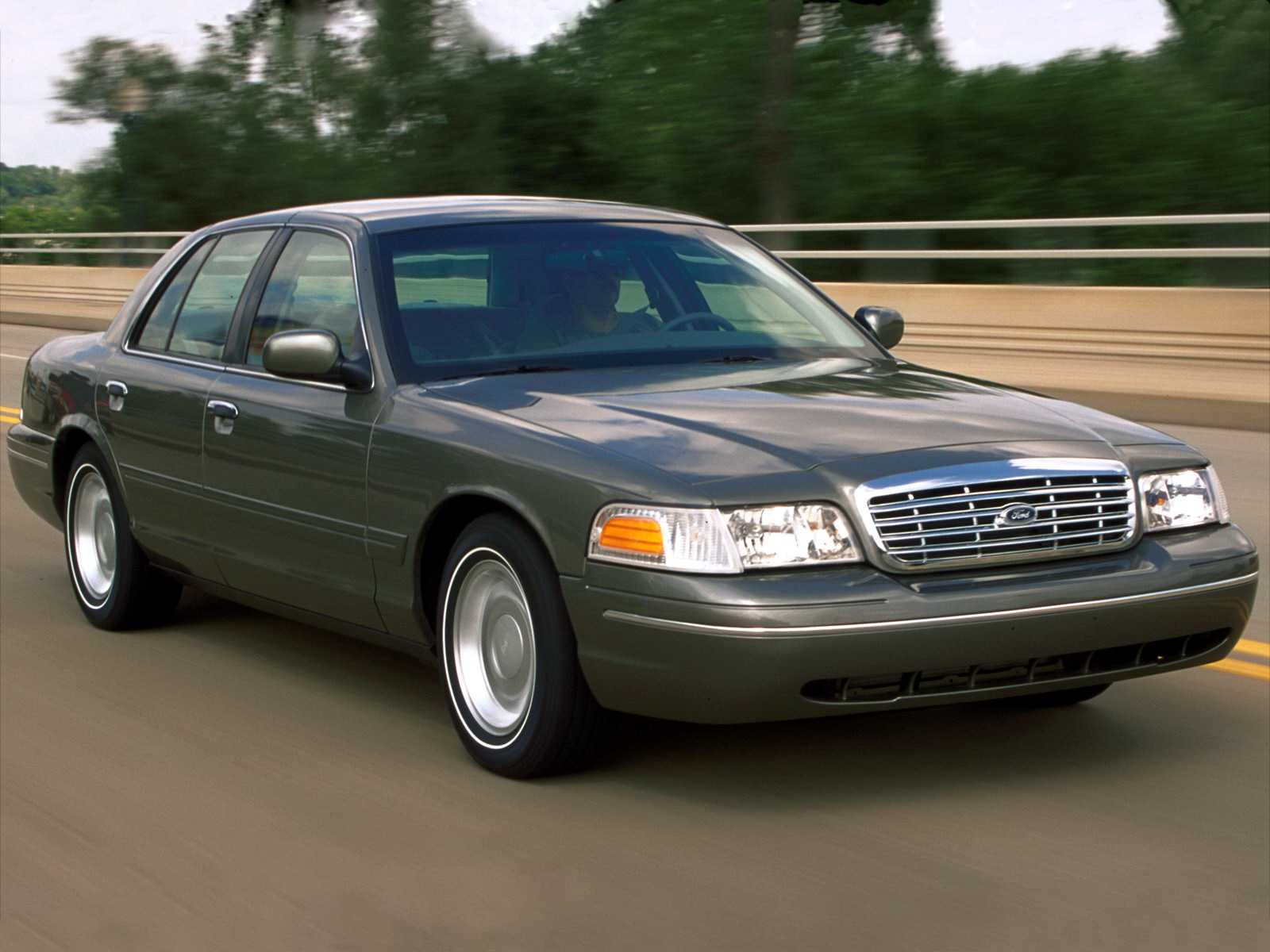
5. Ford Crown Victoria (1998–2011)
The Ford Crown Victoria has long been an iconic symbol of durability, largely due to its extensive use in police fleets and taxi services across North America. Despite this, many casual buyers dismissed the Crown Vic as a bulky, outdated sedan with uninspired styling and sluggish performance.
Some even labeled it a lemon, assuming that its dated design and traditional body-on-frame construction would translate to frequent mechanical issues and a poor ownership experience.
In reality, the Crown Victoria was engineered to withstand intense use and high mileage. The 4.6-liter Modular V8 engine paired with a simple, durable automatic transmission is renowned for its longevity and ease of maintenance.
The car’s body-on-frame construction provided structural strength and resilience against wear and tear, especially on rough roads or in demanding conditions. This design also made repairs and part replacements easier and more cost-effective, which contributed significantly to its longevity.
Many Crown Victorias routinely pass the 300,000-mile mark and continue to perform reliably with only routine maintenance. Their forgiving suspension setup offers a comfortable ride even after years of use, and the spacious, durable interior holds up well under heavy daily wear.
These qualities made the Crown Victoria a favorite among fleet operators and private owners alike, proving that it was far from a lemon and instead a dependable, long-lasting car built to endure the toughest conditions.

6. Subaru Outback (2000–2004)
The early 2000s Subaru Outback was often a polarizing vehicle for buyers due to its somewhat spotty reputation regarding reliability. Subaru’s unique boxer engine, paired with its signature symmetrical all-wheel-drive system, offered excellent handling and traction, especially in adverse weather conditions.
However, the Outback’s early models were dogged by reports of head gasket failures, which in some cases could lead to expensive repairs that frightened potential buyers away.
This reputation painted the Outback as a risky choice, with many consumers wary of investing in a car that might cost them thousands in maintenance or engine work down the line. The lingering perception of being a “lemon” was hard to shake for some years.
Yet, for many owners who kept up with preventive maintenance, the Outback proved itself to be an incredibly durable and versatile vehicle, capable of reaching and even surpassing 300,000 miles. The key to longevity with these models lay in proactive care, particularly addressing the head gasket issues before they could become catastrophic.
Subaru’s engineering of the boxer engine gave the Outback a lower center of gravity and excellent balance, which not only contributed to confident handling on rough terrain but also placed less stress on the engine components. The all-wheel-drive system was a game-changer for those living in snowy or off-road environments, where most other vehicles would falter.
Beyond mechanical reliability, the Outback’s design catered to adventurers and families who required space, practicality, and ruggedness. The wagon-style body provided ample cargo room, roof rails for gear, and an interior built to handle mud, dirt, and wear from outdoor activities.
This combination of durability, practicality, and all-weather capability made the Outback a beloved choice for many, especially those who valued function and dependability over flash.
With careful ownership, these wagons have proven their worth by consistently surpassing the 300,000-mile milestone, solidifying the Outback as one of Subaru’s most enduring and respected models.
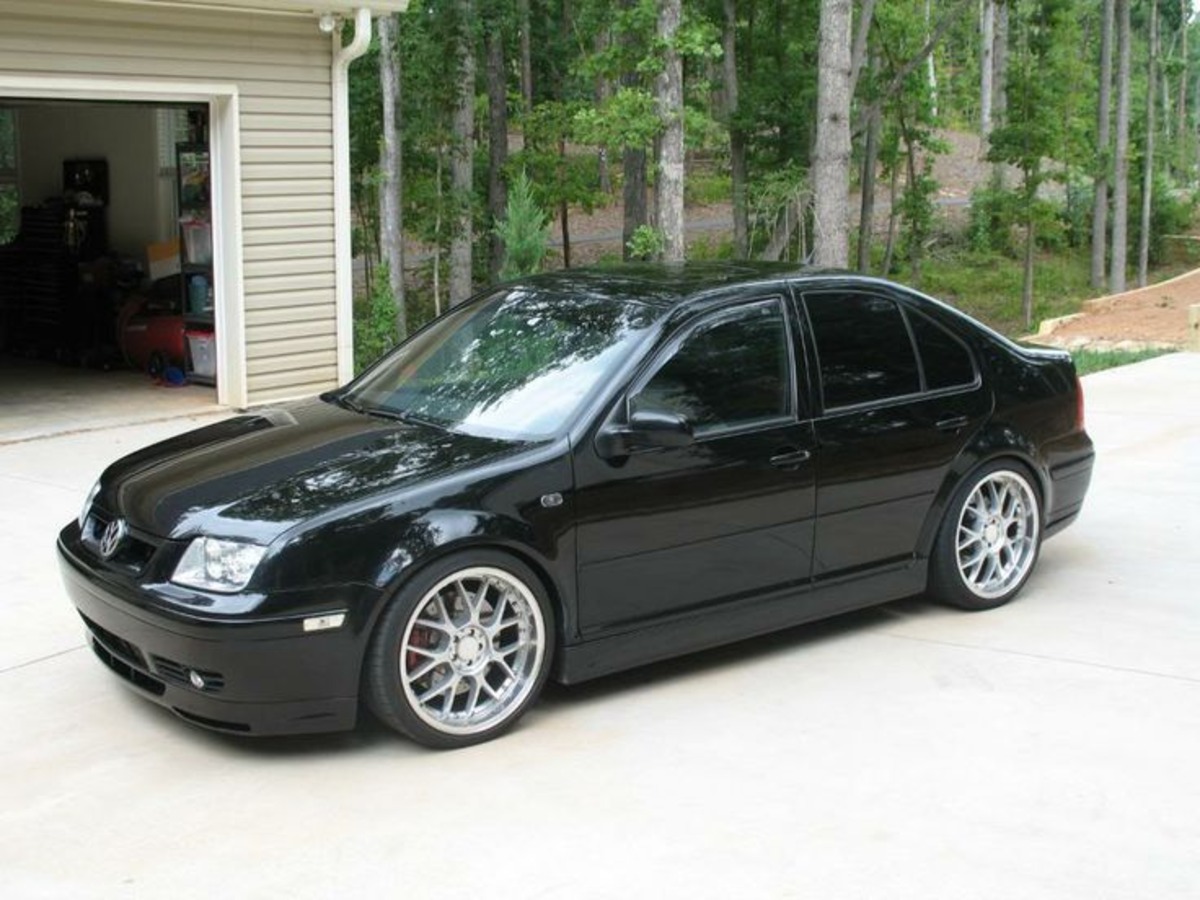
7. Volkswagen Jetta (1999–2005)
Volkswagen’s Jetta from the late ’90s to early 2000s holds a complicated place in automotive history. Often praised for its European styling, solid handling, and comfortable ride, the Jetta also came with a reputation for being expensive to maintain and somewhat unreliable by American standards.
The complexity of its engineering, particularly the 1.8-liter turbocharged engine, meant that when issues arose, they could be costly and difficult to repair.
Many potential buyers steered clear, wary of the Jetta’s perceived high maintenance demands and electrical quirks. These concerns led to many prematurely labeling it a lemon, as rumors of persistent reliability problems spread through forums and word of mouth.
Despite this, the Jetta has shown remarkable longevity in the hands of owners committed to regular maintenance. The turbocharged 1.8T engine, while requiring vigilance in upkeep such as timing belt and water pump changes, can run reliably well beyond 300,000 miles.
When cared for properly, the engine delivers spirited performance paired with respectable fuel efficiency. The chassis and suspension components hold up well, contributing to the Jetta’s reputation for being a driver’s car in its segment. Enthusiasts appreciate its balance of sporty driving dynamics and everyday usability.
What many detractors overlook is Volkswagen’s dedication to building quality and engineering innovation, which has allowed many Jettas to defy the odds and become reliable daily drivers. The interior, while not as plush as some competitors, is ergonomically designed and has aged well.
The car’s strong aftermarket and parts availability make repairs more accessible, and communities of dedicated owners share tips and best practices to keep these vehicles on the road.
For those who invest the time and care, the Volkswagen Jetta of this era is far from a lemon—it’s a well-rounded, reliable vehicle capable of impressive longevity.

8. Chevrolet Silverado 1500 (1999–2006)
The Chevrolet Silverado 1500, especially in the early 2000s models, faced skepticism as a full-size pickup due to criticisms of fuel economy, dated interiors, and some minor electrical issues. Many buyers assumed that because it was a heavy-duty truck designed for work, it wouldn’t be refined or reliable enough for long-term daily use.
Some even dismissed it as a gas-guzzler prone to rust and frequent breakdowns, branding it a lemon before giving it a chance. However, those who relied on the Silverado quickly discovered its reputation for durability and toughness was well-earned.
Under the hood, the Silverado featured a lineup of robust engines, with the 5.3L V8 Vortec being a standout for its balance of power and longevity. These engines, coupled with a body-on-frame design, provided not just strength but also a surprisingly long lifespan when properly maintained.
Many owners reported surpassing the 300,000-mile mark with original engines and transmissions intact, a testament to GM’s commitment to build trucks capable of withstanding tough conditions.
The simple mechanical systems, coupled with readily available parts and straightforward maintenance, made the Silverado a practical and reliable choice for both commercial and personal use.
Beyond raw durability, the Silverado also excelled in providing a comfortable ride and functional interior, which many truck owners appreciated for long trips and daily commutes.
Its reputation for reliability grew stronger as fleet operators and independent owners kept their trucks running for hundreds of thousands of miles, often well beyond the expected service life.
With rugged suspension, strong towing capabilities, and a proven track record, the Chevrolet Silverado 1500 remains one of America’s most dependable full-size pickups—a true workhorse that rewards owners who invest in regular maintenance.
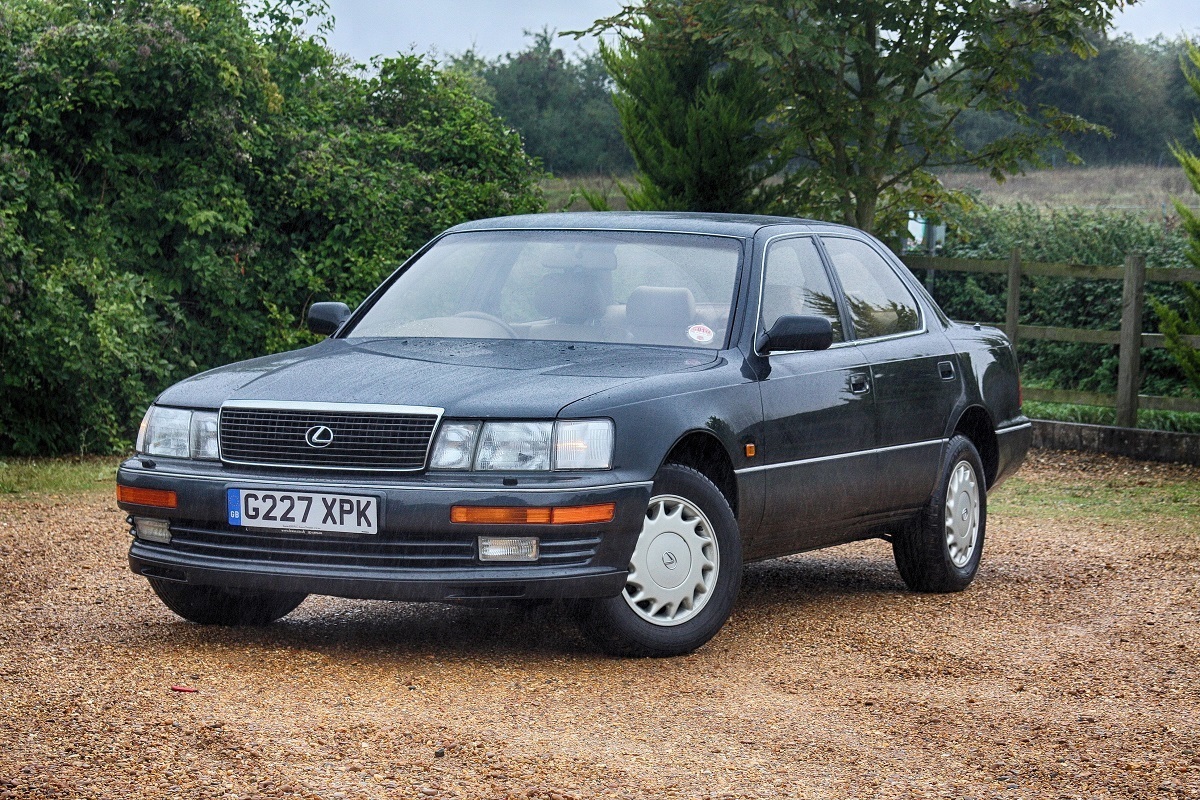
9. Lexus LS400 (1990–1994)
When Lexus launched the LS400 in 1989, it shook the luxury car world. Many buyers were skeptical of a Japanese brand’s ability to compete with established European luxury makers like Mercedes-Benz and BMW. Some critics questioned whether a Lexus could deliver the craftsmanship, performance, and reliability expected in the premium sedan segment.
There were doubts about build quality and whether the car’s advanced features would hold up over time, leading to some early skepticism and even claims of potential reliability issues. Despite these concerns, the LS400 quickly overturned expectations.
The LS400’s 4.0-liter V8 engine was a marvel of engineering for its time, delivering silky smooth power with surprising durability. With regular oil changes and proper servicing, many of these engines have continued to run flawlessly well beyond 300,000 miles.
Lexus’s meticulous attention to detail in assembly, use of high-quality materials, and conservative engineering ensured the car was not just luxurious but also reliable. Owners found the car’s drivetrain and suspension systems to be remarkably durable, offering a plush, quiet ride without sacrificing mechanical soundness.
The LS400 helped establish Lexus as a brand synonymous with bulletproof reliability and luxury combined. Its timeless design and solid build quality have earned it a dedicated following of enthusiasts and owners who prize longevity.
Today, the LS400 is celebrated not just as a luxury sedan but as a testament to how a car can deliver decades of dependable, high-end service without becoming a lemon. Its success influenced the automotive industry and set new benchmarks for what buyers could expect from luxury vehicles regarding durability and owner satisfaction.

10. Volvo 240 (1975–1993)
The Volvo 240 is often described as the automotive equivalent of a brick—sturdy, dependable, and unpretentious. Its boxy styling and utilitarian nature may have led some to dismiss it as outdated or unexciting, but it has long been revered for its exceptional durability and safety.
In its time, the 240 was sometimes labeled a lemon by those who judged it solely on aesthetics or who expected the latest technology. But the car’s engineering and build quality told a very different story.
Built on a rugged rear-wheel-drive platform with simple, robust four-cylinder engines, the Volvo 240 was designed to last. Its reputation for safety was matched by its longevity, with countless examples still on the road today, some surpassing 300,000 miles and beyond.
The mechanical simplicity of the 240 meant that owners and mechanics found it easy to maintain and repair. This accessibility, combined with the use of high-quality parts and Volvo’s emphasis on durability, made the car a favorite among practical-minded drivers.
The Volvo 240’s legendary status extends beyond its mechanical virtues. It became a symbol of reliability and safety for families and individuals who needed a trustworthy vehicle above all else. Its large, boxy shape provided spacious interiors and generous cargo capacity, while its straightforward engineering ensured it could be kept running in almost any condition.
Many owners swear by the 240 as one of the longest-lasting cars they’ve ever owned—proof that durability and longevity often come from solid engineering and simplicity, not flash or complexity.
Also Read: 10 Chevrolet Trucks With Durable Frames That Will Last A Long Time
Reflecting on the ten cars we’ve explored, it becomes clear that automotive reliability is never a simple, one-size-fits-all story. Each vehicle on this list was once doubted, dismissed, or unfairly labeled a lemon by critics or consumers.
Yet, through a combination of thoughtful engineering, owner commitment, and sometimes plain stubbornness, these cars defied their negative reputations to become reliable mile-eaters. Crossing the 300,000-mile threshold is no small feat—it represents years of faithful service, countless journeys, and a testament to mechanical endurance.
What this collection of vehicles illustrates is that longevity depends on more than brand perception or early reviews. It depends on a vehicle’s mechanical simplicity or robustness, the quality of its components, and above all, the care and maintenance it receives throughout its life.
Some cars owe their durability to straightforward designs that avoid unnecessary complexity, making repairs easier and less costly. Others benefit from a reputation for solid manufacturing standards and conservative engineering, ensuring that parts wear slowly and predictably. Owners who remain vigilant with regular oil changes, timing belt replacements, and attention to small issues often enjoy decades of worry-free driving.
The Hyundai Elantra and Dodge Neon, for example, were initially viewed with skepticism but rewarded owners with years of reliable, affordable transportation. The Toyota Camry and Honda Accord, despite some early complaints, upheld their legacies as dependable sedans and commuter favorites.
The Ford Crown Victoria demonstrated why traditional body-on-frame construction and a tried-and-true V8 engine still hold value in the era of modern engineering. Meanwhile, the Subaru Outback and Volkswagen Jetta showed how all-wheel-drive capability and European engineering can combine to produce durable and versatile cars.
Luxury models like the Lexus LS400 shattered expectations about the longevity of premium vehicles, proving that high-end features and reliability can coexist. Lastly, the Volvo 240, known for its boxy utilitarian design, remains a beloved symbol of mechanical simplicity and safety, proving that cars don’t have to be flashy to be long-lasting.
For today’s car buyers, these stories carry important lessons. In a market filled with ever more technologically complex vehicles, it can be tempting to rely solely on brand image or the latest reviews.
But history shows that true reliability often comes from understanding a car’s design philosophy and maintenance needs—and sometimes giving a second chance to those models labeled as lemons.
By researching owner experiences, understanding the quirks and strengths of specific models, and committing to proactive upkeep, buyers can find vehicles that offer long-term value far beyond initial impressions.
In a world where new car technology evolves rapidly, these vehicles remind us of the enduring value of durability, simplicity, and care. They demonstrate that even cars once thought to be problematic can become treasured companions that carry their owners well past the 300,000-mile mark.
Ultimately, the story of these ten cars is a story of patience, dedication, and the timeless appeal of vehicles built to last. So when you shop for your next car, remember: a so-called lemon may just be a hidden gem waiting to prove its worth.
